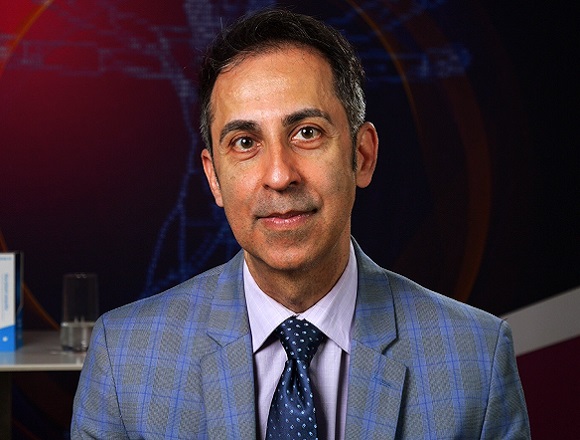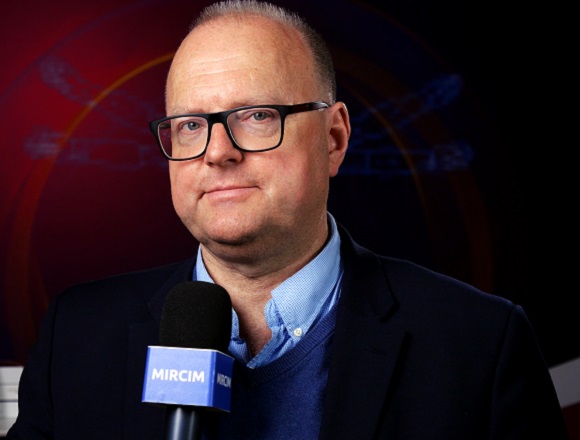Leszek Czupryniak, MD, PhD, is head of the Department of Diabetology and Internal Medicine at the Medical University of Warsaw, Poland.
Which model of insulin therapy is best for patients with type 2 diabetes?
Leszek Czupryniak, MD, PhD: It’s a short question, but the answer cannot really be short, or the shortest one could be the best regimen is the one that is the best for a given patient, the one that offers optimal glucose control with the possibly lowest risk of hypoglycemia.
If I tried to be more specific, insulin therapy in type 2 diabetes has its sequential order, we might say. We start insulin in type 2 diabetes with one injection daily of basal insulin, traditionally given at bedtime. And as long as this is sufficient, the patient usually continues oral agents and takes this bedtime insulin once daily. That’s okay. It may be okay for a year or for 10 years in different patients and we never know. The slimmer the patient, the less obese the patient, the longer this baseline insulin will work okay.
In the due time—and it’s different in different patients—when the beta cells are really failing, the patients will be needing more and more insulin, usually some prandial addition. From this once-daily injection, we usually have 2 pathways. One is to change one basal insulin into 2 premixed insulins: one dose given pre breakfast, the other one given pre dinner. Usually the higher dose is given before breakfast and the lower dose is given before dinner, so it could be like 16 units before breakfast and then 12 units before dinner. Or—and we tend to do it more and more often—we move from basal insulin therapy to intensive insulin therapy; we simply add prandial insulin to basal insulin. Not to make the shock therapy moving from one injection to 4 injections—4 injections meaning one basal and 3 prandial insulins—we sometimes offer patients incremental intensification, step by step. To basal insulin we add one injection of prandial insulin before the largest meal. So, if the patient has breakfast as the largest meal, then we say, “Okay, you take your bedtime insulin like before” and we add, whatever, 5, 6, 10 units of short-acting insulin before breakfast, or before lunch, or before dinner if dinner is the largest meal. Once the patient sees that that’s okay, this prandial insulin works fine and lowers glucose after the largest meal, we may start adding further injections before other meals, if necessary.
Actually, this is very individual. And if we look at any textbook for diabetes care, it will be difficult to find a very detailed description of the insulin regimen in type 2 diabetes. What we will always find is the recommendation to start the insulin therapy with one injection of basal insulin at bedtime. That’s clear, that’s highly recommended very widely and very often used.
Then we have to look at the glucose profile and we have to adjust insulin therapy to the patient’s lifestyle, needs, cognitive function. For example, one thing that limits our intensifying of insulin therapy is the ability of the patient to take insulin. If there is an elderly patient with signs of dementia and he/she is unable to take insulin himself or herself, this one injection daily can be given by a caregiver—whoever: wife, husband, daughter, or son, anyone who cares after this disabled patient—and giving one injection daily is easy. In the morning or at bedtime, there is usually someone else at home, but to give 4 injections during the day, when everyone goes to work and the patient is left alone, then it is difficult. So, there are a number of issues we have to take into account.
I will end with what I started with. The best regimen is the one that works best for a given patient and provides optimal glucose control with the possibly lowest risk of hypoglycemia.
 English
English
 Español
Español
 українська
українська







